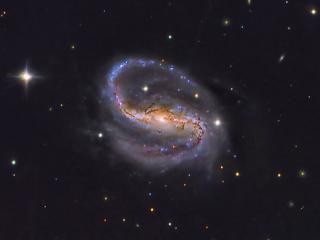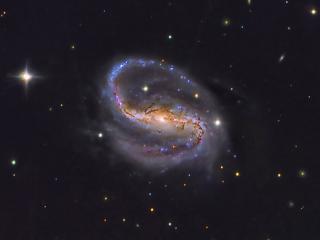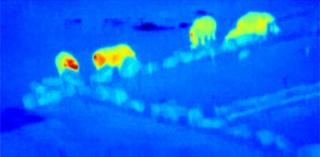
In spite of the rain, some 400 people, among them over a hundred girls and boys, participated last Saturday in the activity “HABLA CON ELLAS: mujeres in astronomy” (“TALK TO THEM: women in Astronomy”) organized on the Wehbe site in La Laguna by the Instituto de Astrofísica de Canarias, to celebrate the International Day of Women and Girls in Science.
Advertised on




